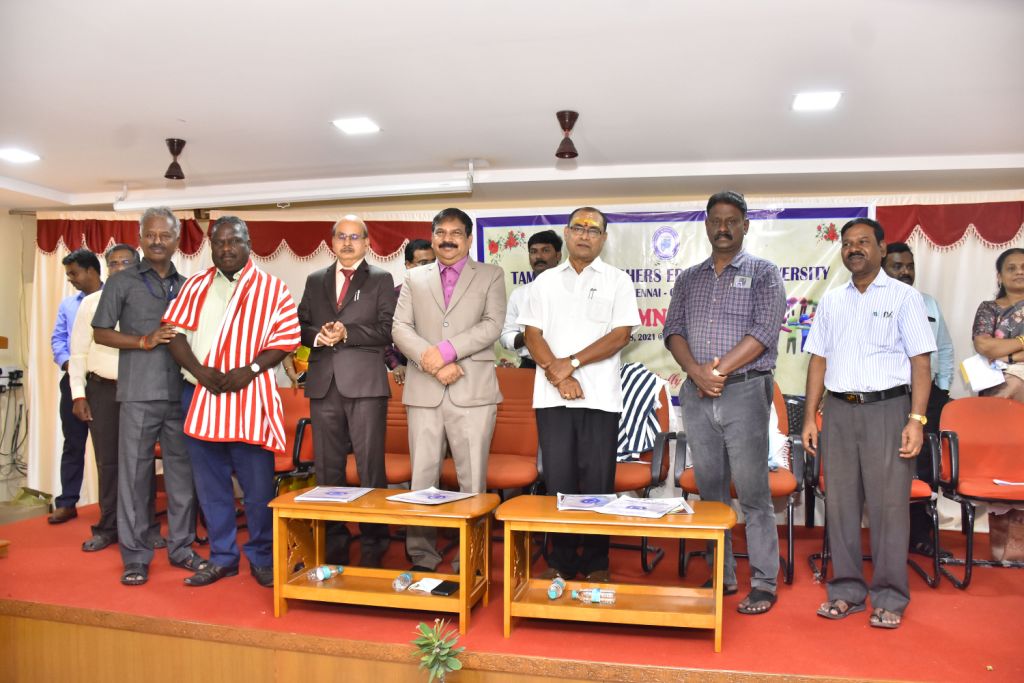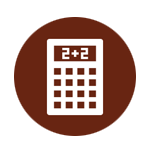Welcome to TNTEU
Tamil Nadu Teachers Education University is an exclusive University for Teachers Education established by the Government of Tamil Nadu to promote excellence in Teacher Education. Tamil Nadu is the seat of Higher Education in India, which offers a number of general as well as professional courses. It also pays attention to the spreading of elementary, secondary and higher education and training of the teachers involved in these programs...Read more
We at 7cricBuzz are pleased to share our detailed, cost-free tutorial on net run rate calculator. This resource demystifies the complex calculations behind net run rates, enhancing your cricket knowledge and understanding.
Furthermore, stay connected with every thrilling moment of each match via our up-to-date live cricket score updates. From the pulse-pounding excitement of T20 to the strategic tension of Test cricket, our real-time scores ensure you never miss a critical moment, regardless of your location.
Lastly, delve deeper into the international cricket landscape with our latest ICC rankings for 2023. These rankings give a precise overview of each team's performance and standings in the global cricket scene, offering a comprehensive view of the sport's competitive dynamics. We also provide cricket news and cricket wiki.
Notifications |
"B.Ed. / B.Ed. (Spl. Edn.) / M.Ed. / M.Ed. (Spl. Edn.) / B.Sc.B.Ed. / BA.B.Ed. (Semester) Degree Examinations, August 2025 – Results"  |
TNTEU - One-day Seminar / Workshop / Programme on the theme "150 years of Vande Mataram" - Reg 
Eligibility Section - Circular to relate student admission provisionally correction - Reg 
TNTEU - Ph.D Entrance and Viva-Voce Examination Results - Reg 
TNTEU - B.ED/M.ED/B.SC.B.ED/BA.B.ED - JANUARY 2026 EXAMINATION FEE - Reg. - (Last Date Extended) 
"Ph.D Degree Programme - Date of Entrance examination - Intimation - Reg." 
Web Post - Most Urgent - Reminder and Final 

Our Authorities

Honourable Thiru.R.N.Ravi
Chancellor

Dr.Govi.Chezhian
Pro-Chancellor

Dr.K.Rajasekaran
Registrar i/c

Dr.P.Ganesan
Controller of Examinations i/c












